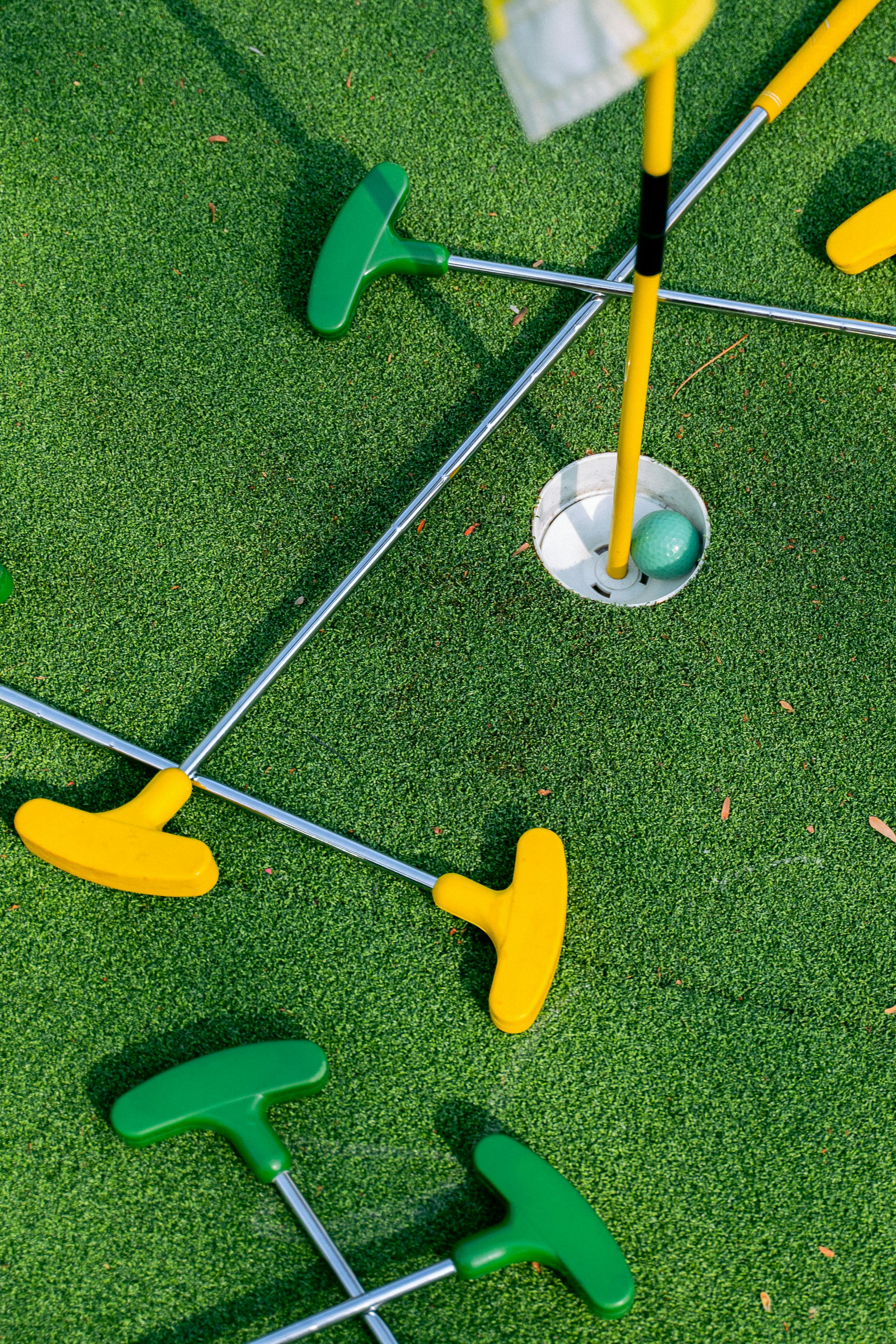What Do Shrimp Eat: An Essential Guide to Feeding Tips for Healthy Tanks!
Understanding what do shrimp eat is pivotal for maintaining a thriving aquarium ecosystem. Whether you're caring for freshwater or saltwater shrimp, providing the right shrimp diet will ensure they lead healthy lives and grow optimally. In this comprehensive guide, we explore various aspects of shrimp feeding habits, including the best food options, nutritional needs, and feeding schedules. Dive in to learn how to enhance your shrimp’s health and happiness!
Types of Food for Shrimp
When considering food for shrimp, it’s essential to recognize the types of food that cater to their diverse dietary needs. The general categories include vegetarian diets, protein sources, and specialized aquaculture feeds. **Shrimp typically thrive on plant-based diets, while some will also appreciate animal proteins.** This dietary flexibility is a great advantage for shrimp keepers who want to provide a balanced diet.
Shrimp Vegetable Diet
A significant portion of a shrimp diet can consist of vegetables and greens. Foods like blanched spinach, zucchini, and cucumbers are excellent choices for feeding shrimp. This type of aquatic vegetarian diet supports their natural foraging behavior and offers necessary vitamins and minerals. Ensure that you cut the vegetables into small portions, making it easier for shrimp to access and consume them. Additionally, incorporating aquatic plants can enrich the habitat for both **freshwater shrimp** and **saltwater shrimp**, creating a more natural feeding environment.
Shrimp Protein Sources
Incorporating high-protein foods is crucial for shrimp health, especially during breeding and growth phases. Foods such as **freeze-dried bloodworms** and **brine shrimp** can significantly boost their protein intake. **The protein needs for shrimp vary by species**, so it's essential to adjust your feeding strategy based on the shrimp species you have. Feeding shrimp varieties power-packed shrimp granules can promote optimal health and growth rates.
Commercial Shrimp Food Options
There are many commercial products designed specifically for shrimp. Options range from **shrimp flakes** to **pelleted food**; both can be used as part of your specialized shrimp feeding strategy. These feeds often contain specific nutrients tailored for shrimp, ensuring they receive a **balanced nutrition**. When choosing shrimp foods, keep an eye on ingredient labels to ensure high-quality standards are maintained and select options that include spirulina and essential fatty acids.
Feeding Strategies for Optimal Health
Feeding shrimp in aquariums involves understanding their feeding habits and maintaining a proper feeding schedule. **Shrimp feeding frequency** not only impacts their growth but also influences their overall behavior and health. Finding an effective feeding strategy is invaluable for long-term success with aquatic shrimp …
How Often to Feed Shrimp
A common question among shrimp keepers is, **how often should they feed shrimp?** As a rule of thumb, feeding shrimp 2-3 times per week is sufficient. However, during the breeding season, increasing this to daily feedings can help ensure the health of both the adult shrimp and their larvae. Remember, it’s vital to offer small portions to prevent uneaten food from decaying and deteriorating water quality.
Creating a Shrimp Feeding Schedule
Having a structured shrimp feeding schedule can help maintain consistency, benefiting both shrimp health and tank maintenance. One effective way is to establish specific days for vegetable feedings and protein feedings. Feel free to rotate different types of food to keep the diet varied and interesting for your shrimp. In practice, considering factors like shrimp growth and familial obligations should inform how you distribute feeding times.
Handling Overfeeding and Waste Management
Overfeeding is one of the most common issues faced by shrimp keepers. It can lead to deteriorating water quality and, subsequently, shrimp health problems. Utilizing a shrimp tank maintenance strategy can help alleviate this concern. Measure food portions before giving them to avoid any waste. Additionally, regularly monitor leftover food, removing decaying organic matter promptly to maintain a clean aquarium environment. This will ensure that beneficial bacteria flourish rather than harmful pathogens.
All About Shrimp Nutrition
Proper shrimp nutrition is fundamental to their overall well-being. It helps in their growth, health, and breeding success. Knowing which nutrients are essential can guide you in choosing the correct food options and feeding strategies. An effective shrimp diet should contain vitamins, minerals, proteins, and healthy fats.
Shrimp Nutritional Requirements
Shrimp require various nutrients to thrive. One crucial nutrient is calcium, vital for shell formation and overall health. Offering foods enriched with calcium or supplementing calcium carbonate can support optimal growth. Additionally, **essential fatty acids** and **vitamins** are necessary for developing healthy shrimp. Research shows that high-quality diets directly contribute to enhanced reproductive outcomes and shrimp vitality.
Understanding Feeding Behavior
Observing **shrimp behavior** during feeding can provide insights into their dietary preferences and habits. For instance, if seemingly uninterested in certain foods, they may require different nutrient sources or feeding methods. **Feeding shrimp in nature** shows that they are often opportunistic feeders, consuming what is available to them, so diversifying their diet can lead to **enhanced shrimp gut health** and well-being.
Customizing Shrimp Food Formulations
As aquarists grow more experienced, many begin to formulate their own shrimp food at home. This is often tailored to their particular community tank requirements or breeding setups. Using ingredients like **sp spirulina**, beta-carotene, and **high-protein fish meal** can provide comprehensive nutrition. Additionally, **homemade shrimp recipes** can range from pellets to gels, allowing for experimentation in diet types while monitoring the shrimp's response to these food formulations.
Key Takeaways
- Provide a balanced shrimp diet of plant-based and protein sources.
- Monitor the feeding schedule to ensure optimal growth and health.
- Understand shrimp nutritional needs; supplements may be necessary.
- Minimize waste through measured feeding and waste management practices.
- Explore homemade options for tailored nutrition.
FAQ
1. What is the best food for shrimp in an aquarium?
The best food for shrimp usually includes pellet form that contains spirulina, minerals, and vitamins essential for their growth and health. Specialized commercial aquarium shrimp food is also a favorable option.
2. How often should I feed baby shrimp?
Feeding baby shrimp requires careful consideration, as they have different dietary needs than adults. Offer them high-quality powdered food 2-3 times daily for proper growth and development.
3. Can I feed shrimp algae as their primary diet?
Shrimp thrive on algae and can eat it as a primary food source, but they should also receive supplementary foods that provide different nutrients, ensuring a well-rounded diet.
4. Are homemade shrimp foods effective?
Yes! Homemade shrimp food can be very effective as you can customize the ingredients to meet your shrimp's specific nutritional needs and ensure they receive balanced nutrition.
5. What are the signs of overfeeding shrimp?
Overfeeding shrimp can lead to uneaten food decaying in the tank, deteriorating water quality, and signs of stress or health issues in shrimp. Monitor leftover food closely for any signs of overfeeding.
6. How important is calcium for shrimp health?
Calcium is extremely important for shrimp, especially for molting and the formation of their exoskeletons. Incorporating calcium-rich foods helps shrimp grow strong and maintain their shells.
7. What impact does shrimp feeding have on tank health?
Proper shrimp feeding practices are vital for maintaining tank health. Overfeeding can lead to pollution and disruption of beneficial bacteria, affecting overall water conditions. Monitoring feeding routines is essential for a balanced tank ecosystem.


